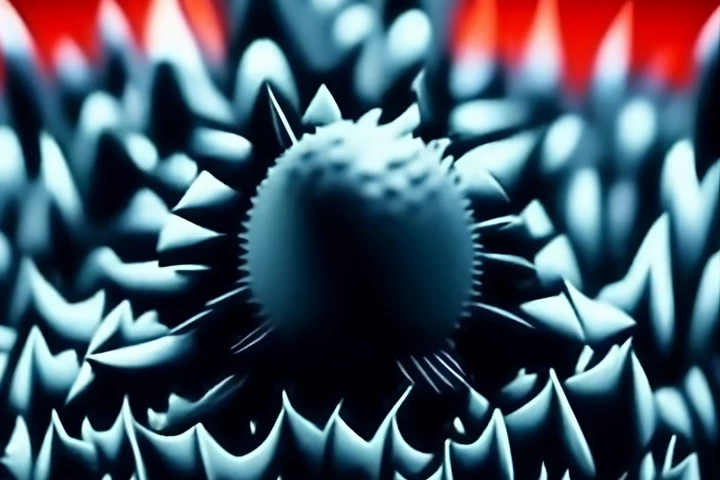Nanostructure
-
Using principles from rocket science, researchers have created carbon with a record-breaking surface area. The material can soak up about twice the amount of CO2 as current activated carbon materials and has impressive energy-storage capabilities.
-
In a move akin to puncturing an egg yolk without breaking the shell or egg white, researchers have figured out how to pierce the nucleus of a cell without hurting the rest of the structure. The breakthrough could be big news for medical treatments.
-
Researchers developed a nanospiked surface that was 96% effective in destroying a common virus responsible for causing respiratory illnesses in children. The technology could safeguard researchers, health workers and patients from viral spread.
-
3D printing technology is used not only to build things as large as houses, but also as small as snowflakes. A new material allows the latter to be much stronger than ever before, and to be printed considerably faster.
-
By taking some inspiration from nature and some from the way the synthetic fiber Kevlar is formed, scientists at MIT have developed self-assembling nanoribbons they say are stronger than steel, with possible applications in water filtration and electronic devices.
-
Researchers at the Queensland University of Technology (QUT) have used a new technique to produce detailed images of dragonfly wings, showing more than 10 billion tiny 'fingers' (nanostructures) lining the wing surface that make bacteria tear themselves apart.





